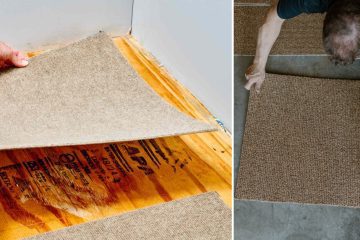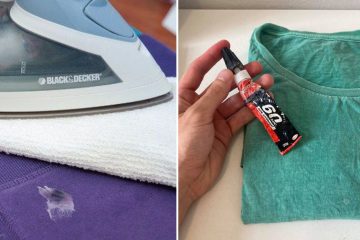Paint Protection Film (PPF) shields your vehicle’s paint from road debris and environmental damage. But when it’s time for removal, you might face a sticky situation. Let’s dive into the nitty-gritty of how to remove ppf glue from car and get your car’s surface sparkling clean again.
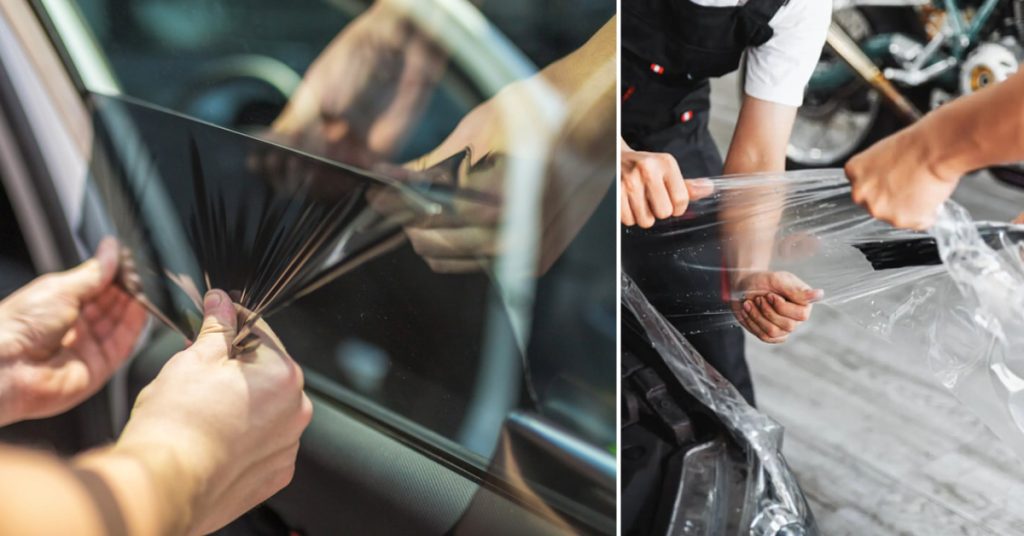
Key Takeaways:
- Use heat, plastic scrapers, and adhesive removers
- Work in a cool, shaded area
- Clean thoroughly before and after removal
- Consider professional help for large areas
- Proper disposal of waste is important
Understanding PPF Adhesive
PPF adhesive is a tenacious substance designed to withstand the elements. UV exposure and temperature fluctuations can make it even more stubborn as it ages. Many car owners mistakenly believe a simple wash will suffice for removal – spoiler alert: it won’t.
Gearing Up for Battle
Before you wage war on that pesky glue, gather your arsenal:
- Heat gun or hair dryer
- Plastic scraper
- Adhesive remover (like 3M Adhesive Remover or Rapid Remover)
- Microfiber towels
- Isopropyl alcohol (IPA)
- Car wash soap
Pro tip: Choose a cool, shaded area for the task. Hot surfaces can make adhesive removal a real headache.
6 Proven Step-by-Step Process for How to Remove PPF Glue From Car
Here are six proven step-by-step processes for how to remove ppf glue from car:
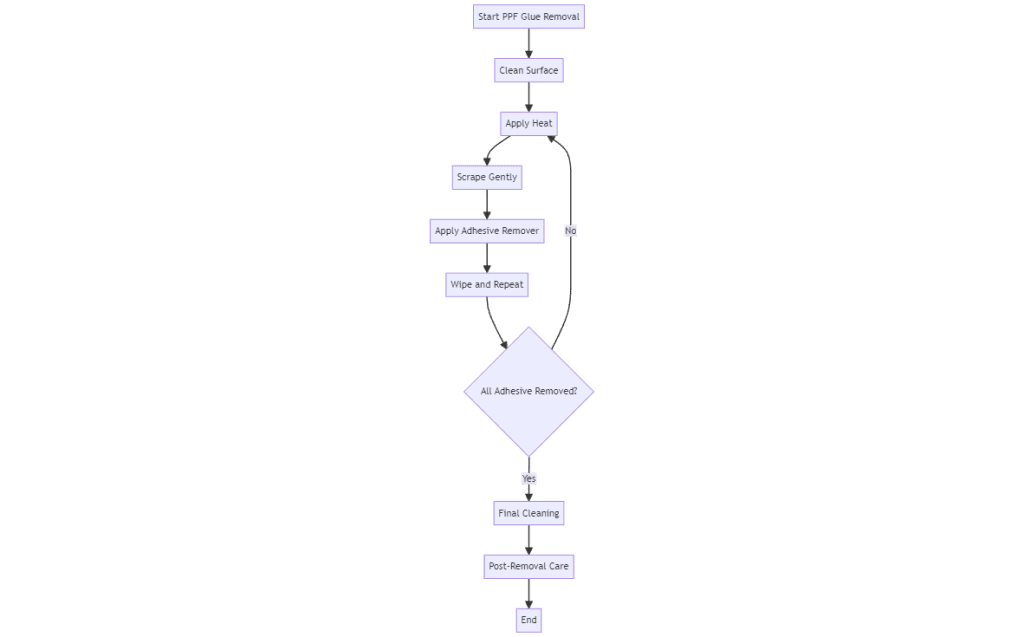
Step 1: Wash the Car
Give your car a thorough wash. You don’t want dirt playing with sandpaper during the removal process.
Step 2: Use a Heat Gun
Fire up that heat gun. Keep it moving to avoid damaging the paint. Think of it as a dance – smooth and constant motion.
Step 3: Use Plastic Scraper
Use your plastic scraper to lift the edges as the adhesive warms up gently. Patience is critical here – rush it, and you might end up with a paint-chip horror story.

Step 4: Apply Adhesive Remover
Apply your chosen adhesive remover. Let it sit for a few minutes – enough to grab a coffee.
Step 5: Wipe Away
Wipe away the loosened adhesive with a microfiber towel. Repeat steps 3-5 until your car’s surface is as smooth as a baby’s bottom.
Step 6: Remove Lingering Residue
Once you’ve conquered the glue, give the area a once-over with IPA to remove any lingering residue.
You Can Check It Out to Remove Velcro Glue.
When the Going Gets Tough
For those extra stubborn spots, consider these advanced techniques:
- Steam cleaning: Combining heat and moisture can work wonders on aged adhesive.
- Clay bar treatment: Perfect for picking up those microscopic remnants that refuse to budge.
- Rubber wheel adhesive removers: These drill attachments can speed up the process, but handle carefully!
DIY vs. Professional Removal
While DIY can save you some cash, professional removal might be worth considering for large areas or particularly tricky spots. Pros have access to industrial-strength removers and specialized tools that can make short work of even the most stubborn adhesive.
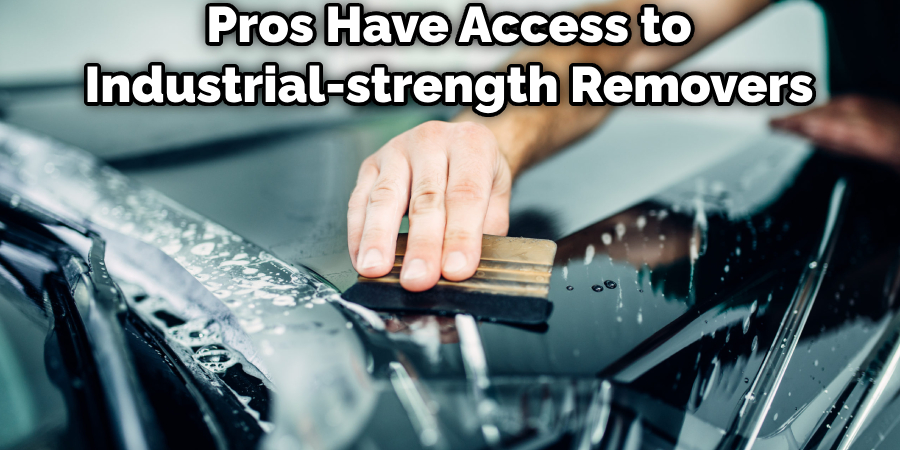
After the Battle
Once you’ve emerged victorious, give your car some TLC:
- Wash and dry thoroughly.
- Inspect for any damage or imperfections.
- Apply a fresh coat of wax or sealant to protect your newly exposed paint.
Preventing Future Sticky Situations
To avoid another glue-removing marathon:
- Opt for high-quality PPF from reputable brands.
- Have it professionally installed?
- Maintain your PPF with regular washes and appropriate care products.
Troubleshooting Tips
Have you encountered some hiccups along the way? Here are some quick fixes:
- Paint transfer: A gentle polish should do the trick.
- Discoloration: Try a dedicated stain remover designed for automotive use.
- Static electricity: A quick wipe with a dryer sheet can help tame those clingy bits of film.
You Can Check It Out to Remove Windshield Glue.
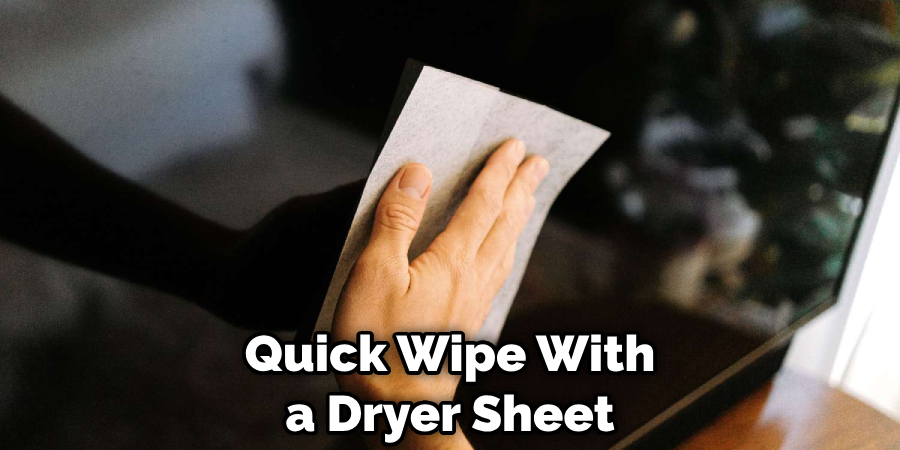
Green Considerations
Don’t forget about Mother Earth! Dispose of removed PPF and chemical waste properly. Try citrus-based adhesive removers for the eco-conscious as a more environmentally friendly option.
Real-World Success Stories
Take John from Texas, for example. He tackled a 10-year-old PPF on his black sports car. “I thought I’d be at it for days,” he said. “But with the right tools and technique, I had it done in an afternoon. The key was patience and plenty of adhesive remover.”
Or Sarah from California, who removed PPF from her white SUV. “I was worried about damaging the paint, but taking it slow and using plenty of heat made all the difference. My car looks brand new now!”
You Can Check It Out to Remove Weather Stripping Glue.
Expert Corner
We asked professional detailer Mike about his top tip for PPF removal. “Heat is your best friend,” he said. “But don’t go overboard. You want to warm the adhesive, not cook your paint. And always, always use a plastic scraper. Metal is a big no-no.”
Looking Ahead
As PPF technology evolves, we see new adhesives that promise easier removal. Some manufacturers are even experimenting with self-dissolving adhesives. But until those hit the market, these tried-and-true methods will keep your car looking its best.
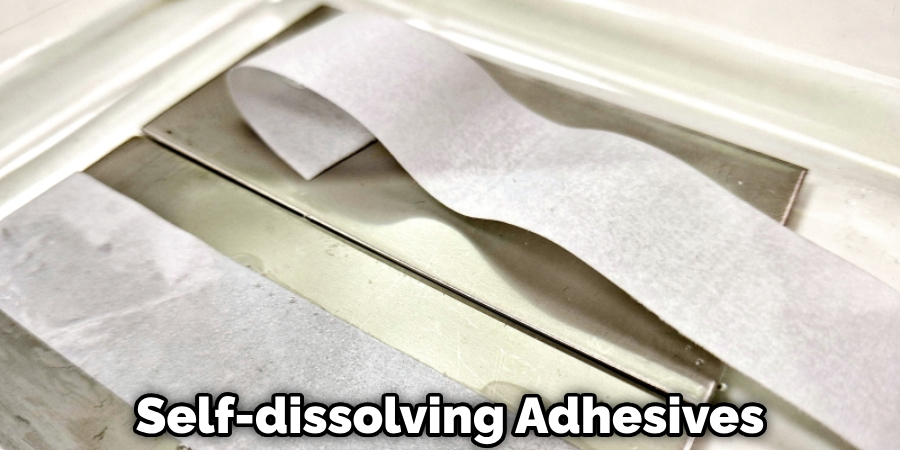
FAQs About How to Remove PPF Glue From Car
What is the Best Product to Remove PPF Adhesive?
Professional detailers recommend Rapid Remover for its effectiveness in removing adhesives from explicit films, badges, and emblems. Ugly Juice, a proprietary blend, has been praised for its remarkable results. Xylene is another option, but caution is needed in high temperatures. Other less effective products include 3M Adhesive Remover, Koch Chemie Eulex, Lacquer Thinner, Mineral Spirits, and Citrol 266. Consider using plastic razor blades and the MBX Vinyl Zapper Tool with an eraser wheel for the removal process.
How Do You Remove Adhesive From Car Panels?
To remove adhesive from car panels:
– Start by cleaning the area with car soap and water.
– Warm the adhesive using a hair dryer or heat gun on a low setting to soften it.
– Try peeling it off with your fingernail or a plastic scraper. If that doesn’t work, apply a commercial automotive adhesive remover, let it sit according to instructions, and gently scrape off the loosened adhesive with a plastic tool.
– Repeat if necessary.
– Once all adhesive is removed, clean the area thoroughly with soap and water.
You may need to repeat the process or seek professional help for stubborn residues. Always work carefully to avoid damaging the paint, and consider applying car wax after cleaning to protect the treated area.
What Chemical Removes PPF?
Several chemicals can effectively remove Paint Protection Film (PPF) adhesive residue, with varying levels of effectiveness and safety for the car’s paint. Isopropyl alcohol is recommended for initial cleaning, while specialized automotive adhesive removers are designed for this purpose. Products like Goo Gone, Rapidtac (an industry standard), and Goof Off have been reported as effective. Less aggressive options should be tried first, and it’s crucial to test any product on a small, inconspicuous area before completing the application. Professional-grade products like Rapidtac may be the most effective for harsh residues while still being safe for paint. Always work in a clean, dry environment with good ventilation, and follow up with proper cleaning and potentially polishing of the exposed paint surface after PPF removal.
Wrapping It Up
Removing PPF glue might seem daunting, but with the right approach, it’s a task any determined car owner can tackle. Heat, patience, and the right products are your allies in this sticky situation. Now go forth and conquer that adhesive!
Do you have any PPF removal war stories of your own? Drop them in the comments below – we’d love to hear them!
